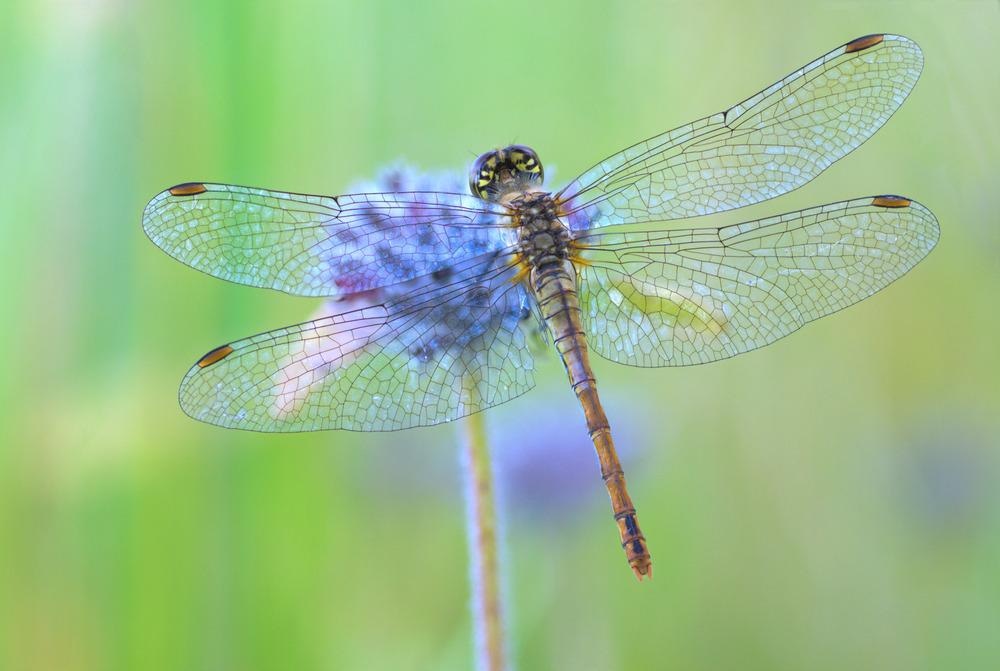A group of PhD students guided by Javaan Chahl, Professor of Sensor Systems at the University of South Australia (UniSA), used part of the 2020 COVID-19 lockdown to build and test important parts of a dragonfly-inspired drone that might equal the amazing skills of the insect in cruising, hovering, and aerobatics.
The UniSA students carried out the project remotely, working out mathematical formulas at home on whiteboards, converting stereo photographs of insect wings into digitized 3D models, and using spare rooms as fast prototyping workshops for testing parts of the flapping wing drone.
The study results have been reported in the Drones journal.
Prof. Chahl describes the dragonfly as the “apex insect flyer” and says many engineering lessons can be gathered from its excellent flying skills.
Dragonflies are supremely efficient in all areas of flying. They need to be. After emerging from under water until their death (up to six months), male dragonflies are involved in perpetual, dangerous combat against male rivals. Mating requires an aerial pursuit of females and they are constantly avoiding predators. Their flying abilities have evolved over millions of years to ensure they survive.
Javaan Chahl, Professor of Sensor Systems, University of South Australia
“They can turn quickly at high speeds and take off while carrying more than three times their own body weight. They are also one of nature’s most effective predators, targeting, chasing and capturing their prey with a 95 per cent success rate,” added Chahl.
Over the recent years, there has been a surge in the use of drones—for filming, security, delivery, military, law enforcement, and more recently health screening purposes. However, when compared to the dragonfly and other flying insects, they are unrefined and consume energy.

Image Credit: Evhenii Lukashuk/Shutterstock.com
The UniSA researchers modeled the distinctive body shape and aerodynamic properties of the dragonfly to comprehend the reason behind them being the ultimate flying machine.
Complete dragonflies are extremely hard to capture, so the team formulated an optical method to photograph the wing geometry of 75 distinct dragonfly (Odonata) species from glass display cases in museum collections.
In the first experiment of its kind in the world, they rebuilt 3D images of the wings and compared variations between the species.
Dragonfly wings are long, light and rigid with a high lift-to-drag ratio which gives them superior aerodynamic performance. Their long abdomen, which makes up about 35 per cent of their body weight, has also evolved to serve many purposes. It houses the digestive tract, is involved in reproduction, and it helps with balance, stability and manoeuvrability. The abdomen plays a crucial role in their flying ability.
Javaan Chahl, Professor of Sensor Systems, University of South Australia
The team is confident that a dragonfly-mimicking drone will be able to perform several tasks, such as collecting and delivering awkward, unbalanced loads, exploring delicate natural environments, safely operating near people, and performing long surveillance assignments.
Journal Reference:
Chahl, J., et al. (2020) Biomimetic drones inspired by dragonflies will require a systems-based approach and insights from biology. Drones. doi.org/10.3390/drones5020024.